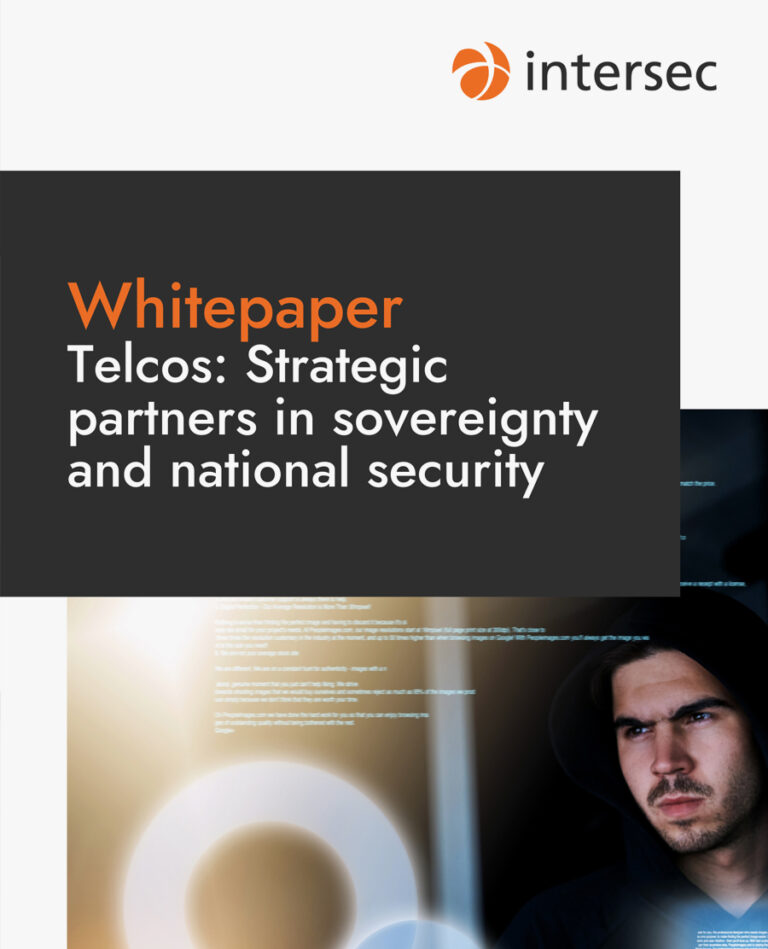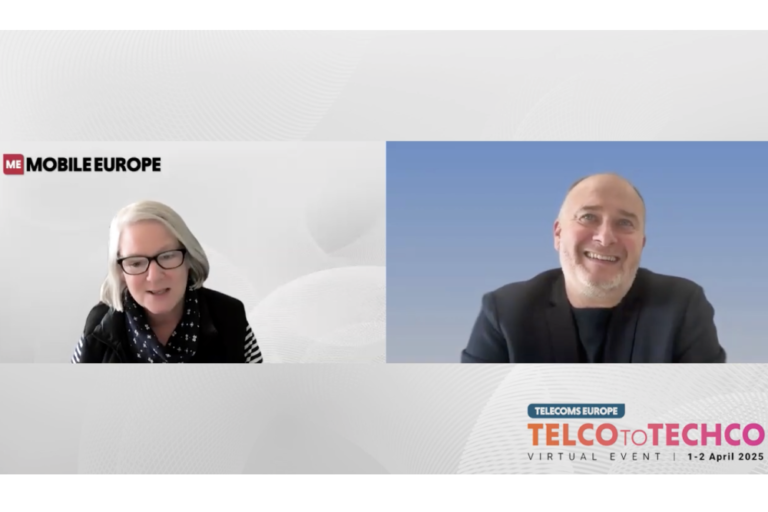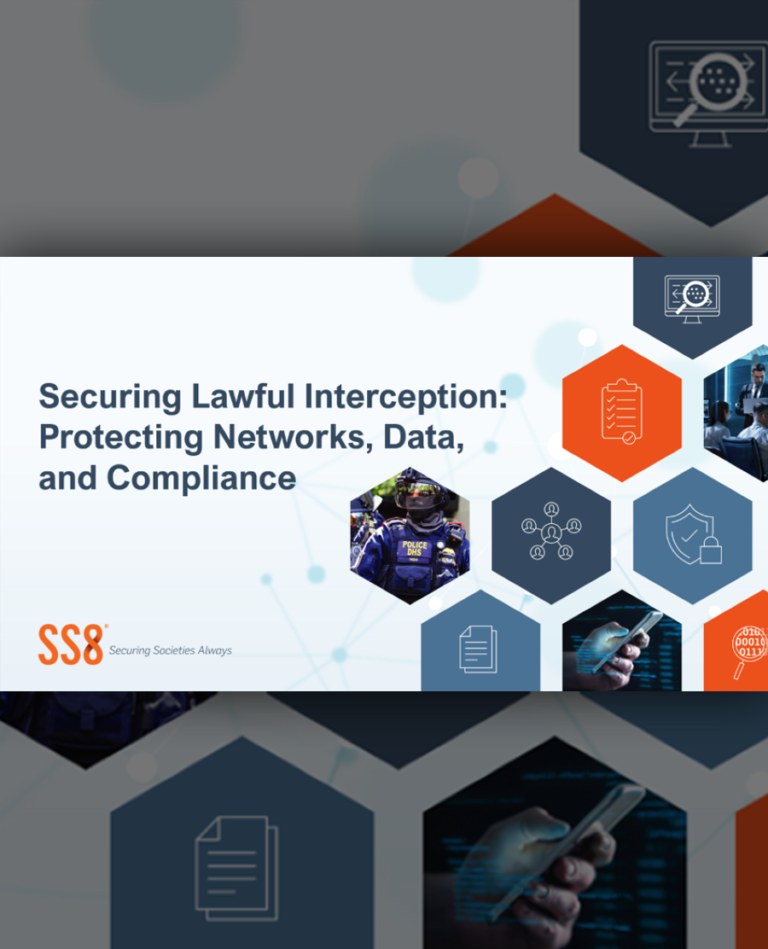Philippe Ensarguet, VP of Software Engineering at Orange group, is among those best qualified to provide a comprehensive update
This article is bonus content – a longer, more detailed version of the keynote conversation that took place between Ensarguet and Mobile Europe’s editor, Annie Turner, at our recent Telco to techco virtual conference.
You can also watch the video from the conference here.
AT: Philippe, four years ago we had a big conversation at MWC about how telecoms was beginning to adopt cloud native technologies, for instance with CI/CD. What are the key challenges telcos face regarding cloud native technologies?
PE: I’d say three main things. To start with, a skills gap: if a network function (NF) remains a NF, but everything around its features has changed, and massively – for example, the use of microservices, a new resiliency and scalability. Then network softwarisation and network automation, which means most importantly that the software skills we need are quite different.
Then there’s the complexity of integration and operational challenges – for instance, implementing microservices-based architecture, containers and Kubernetes orchestration, plus monitoring and observability based on OSS technology. And let’s not forget all this must co-exist with legacy systems.
Thirdly, we are dealing with massively distributed infrastructures and systems – distributed and modular microservices architecture. Honestly, telco system are really complex, with real-time, synchronous workloads next to asynchronous ones, and all of this massively distributed across a huge infrastructure.
AT: Could you summarise what progress has been made since then? How mature is telcos’ implementation of cloud native tech?
Being cloud native is the things: having a cloud-native runtime; having automated deployment, lifecycle and operation management that is cloud native; and having truly cloud native NFs.
My feeling is that globally, over the past four years, the telecom industry has made notable strides in adopting cloud native technologies, particularly with the rollout of 5G core Standalone. Many communication service providers (CSPs) are transitioning to cloud native architectures, but the shift still incomplete, even if the 5G core is the spot where things are happening right now.
About broad adoption I’d say there is growing recognition of the necessity for cloud native solutions to meet scalability, elasticity and efficiency demands, that’s where cloud native interest is rising.
Note that the C in CNF does not stand for container but for cloud native, so cloud-native network functions: We have now de facto adoption of container technology by network-function vendors but the software for cloud-native network function is still developing. The full transition requires technological, process, people and cultural changes within telcos, which is notably related to network vendors with really different states of maturity.
There are other challenges. We’ve mentioned that the industry has a skills gaps in cloud native expertise, and managing operational complexity from hybrid and multi-cloud environments, and the transformation from virtual network functions (VNFs) to CNFs.
Another factor is that open source initiatives are crucial in establishing standards for cloud-native frameworks, enhancing open portability and interoperability, and addressing the complexities of multi-cloud deployments.
AT: Has progress been faster or slower than expected?
When you are committed and impatient like I used to be, things never move fast enough, but a huge ecosystem shift is happening that involves telecom operators, NF vendors, orchestration and operation providers, and AIOps providers. That takes time.
I think that things moved relatively quickly on the infrastructure side. I know several telco peers who set up a very robust and highly automated infrastructure, so we are already able to bring industrial-grade, cloud-native infrastructure from OSS, IT and network vendors. We are moving towards an horizontal implementation strategy.
Regarding lifecycle, the GitOps operating model, is moving forward but it can work only if all the parts are moving into the cloud native space, At Orange we implemented a NIF TZ to help with converging our NF deployment and lifecycle management. I know peers at DT, Swisscom and some others are very seriously in this play too.
The NF part is certainly where we need more of progress to be made. Some vendors are quite advanced while others keep putting bloated virtual machines (VMs) into containers then adding a cloud native sticker. This is a most important area. We need network vendors to become true software vendors if we are to succeed in this ecosystem transformation.
The world of orchestration is also about to be a bit disrupted because when you have Kubernetes in the place, you can expect to have proper cloud-native orchestration based on the right operations and [custom resource definitions] CRDs which are quite different from the traditional [service order management] SOM approach.
Where are the big benefits that cloud-native tech has brought to telecoms?
I think that there are different benefits areas covering almost the full lifecycle, starting with scalability and elasticity from dynamic resource allocation. Cloud-native architectures allow operators to scale resources up or down based on demand, which is crucial for managing traffic spikes, especially in regions experiencing rapid digital transformation with automation. We can have very scalable infrastructure with cloud native.
Next we gain greater cost efficiency by reducing operational costs. By leveraging cloud-native solutions, we can optimise infrastructure and reduce costs associated with hardware and maintenance, leading to more efficient operations.
Agility and speed come from faster deployment. Cloud-native technologies facilitate quicker deployment of services and applications, enabling telecoms to respond rapidly to market changes and customers’ needs.
Better service delivery and reliability – improved performance – are the result of adopting an intent-based approach to managing cloud and network functions. In particular this enhances significatively the level of control operators have over deployments because they can rely on one source of truth with Git, and automated orchestration is provided by GitOps and Kubernetes to manage cloud infrastructure and network functions.
Moreover, the integration of AI and machine learning in cloud-native applications enhances service delivery, allowing for better customer experiences and more reliable services.
Another advantage is in operational flexibility due to multi-cloud capabilities. Cloud-native frameworks support multi-cloud environments, giving telcos the flexibility to choose the best services and tools for their needs, while avoiding vendor lock-in.
Today by leveraging the work of the Sylva project, hosted by the Linux Foundation, we can set up infra from bare metal to VM, from private networks, to the edge and to public cloud that are 100% intent based using Kubernetes as cornerstone of our management strategy.
The last thing I want to mention in terms of benefits here is innovation through open source and the power of collaboration and standards: Open source projects are driving innovation and establishing standards that improve interoperability and portability, making it easier for telcos to adopt new technologies.
Open source is tightly linked to the adoption of cloud native technologies in telecoms – can you tell us more about its importance and role?
Yes. Open source is integral to the successful adoption of cloud-native technologies in telecom, driving standardisation, collaboration, cost savings, and innovation while enhancing flexibility and the development of skills within the industry.
In terms of standardisation, open source projects establish common frameworks and help to create standards that facilitate interoperability and portability across different cloud environments. This is essential for multi-cloud deployments.
Community-driven development drives collaboration and innovation. The open source community fosters collaboration among telecom operators, developers and vendors, leading to innovative solutions that address industry-specific challenges.
Open source is cost effectiveness because of reduced licensing fees which can be less than those associated with proprietary software licences, so telcos can allocate resources more effectively. It’s important to understand that open source doesn’t automatically mean it costs less so much as it’s a different way to distribute the cost across the end-to-end chain, and to leverage your team more and their efforts.
Open source can results in accelerated deployment, meaning faster time to market because use of open source tools and frameworks can streamline development and deployment processes. In turn, this enables quicker rollout of services and applications.
The management of critical services is super important in this time of shifting geopolitics, and open source is a way to manage sovereignty – such as provided by Europe-based players.
AT: I know you are involved in many cloud native projects and bodies that are working on various aspects of open-source, cloud-native standards and implementation models. For example, you are heavily involved with the Cloud Native Computing Foundation’s (CNCF’s) KubeCon and CloudNativeCon event this week.
Please could you outline the main bodies and projects you are involved with and give us a summary of what they are working on, their goals and why they matter?
PE: OK, to start with, as I just discussed, open source is a great way for telecom operators to manage synergies and collaboration. It allows us to share common resources and focus our energy on what makes us unique.
First, I want to put the focus on the Project Sylva, hosted by the Linux Foundation Europe, aimed at building an industrial-grade, cloud-native telco stack to cover core, Ran and edge network functions.
At Orange, we are building our Orange Telco Cloud CaaS based on Sylva. If this runtime is covering only 10% of our infra today, it will be more than 60% by 2030, mainly to host 5G core services and the RAN. You can also see that we are leveraging CNCF projects like CAPI (for managing cluster APIs) and Flux (an open and extensible continuous delivery solution for Kubernetes) for intent-based GitOps model with different open source Kubernetes flavors.
Orange is also active in Anuket [formed from the merger of OPNFV and the Cloud iNfrastructure Telco Taskforce (CNTT) whose mission is to create a common understanding and new capability for infrastructures across the telecom industry and to plot a collective future] and in particular for Reference Architecture for Kubernetesand its conformance testing.
We actively participate in the LFN CNTi [that is. the Linux Foundation NetworkingCloud Native Telecom Initiative] which is a true catalyst for best practices for cloud-native networking, but also for improving an open-source, CNF testing framework and developing a vendor-neutral CNF conformance programme.
OpenSSF [Open Source Security Foundation] is working on the SLSA framework that we use to manage the security of our infrastructure supply chain.
Nephio is a north star in the automation and management of CNF. Release 4 has been announced recently, with major improvements.
Finally, as telecom operators embark on a new journey to monetise their assets with telco APIs, we are contributing to CAMARA, which is bringing the Service APIs specification to market and giving developers super powers to build unique features using our networks.
It’s also an opportunity to bring tons of kudos to the cloud native community. For the last decade, the CNCF has managed key core projects that carry our foundation from technical standpoint.
From this, you can see how much the open source ecosystem is connected to the most important transformation, the move from telcos to techcos.
AT: Is there a danger of fragmentation with so much work going on in some many different places in parallel?
PE: It’s a very good question and this is why telecom operators need to participate in the open source projects they trust and that are cornerstone for their future. We’ve got CNCF bringing the foundation. We’ve got Linux Foundation Networking managing connectivity, edge and networking projects. 3GPP is the home of standard specification and the GSMA brings architecture and implementation orientations. After the manifesto, NGMN is now addressing the assessment scope.
This may seem like a complex ecosystem, and it is, but the boundaries are defined. At Orange, we know the right contacts when necessary, and we engage with all of them.
AT: Looking forward, how is all this work that is underway now going to feed into 6G – and maybe before we dig into that, we should talk briefly about why we need 6G when there is still such a long way to go with 5G, for instance, in terms of monetising it?
PE: This looks like a very nice last question!
6G has been widely used so far to refer to the mobile technology evolutions to be deployed from 2030 onwards. We call on the industry to reassess the benefits of using a generation-based terminology for the evolution or new versions of technologies. It needs to focus the marketing and communication on the value enabled for customers and society by new innovations, rather than on the enabling technology itself.
So, at Orange we pledge to have a software-based 6G, without massive hardware replacement.
The way we are envisaging 6G is first to respect the carbon trajectory – to use less hardware where possible even if new hardware is necessary for some additional frequencies, but overall 6G should not force us to renew all our hardware.
Secondly, our investments must be in line with our revenues which again leads us to limiting hardware deployment as much as possible.
Thirdly, we need to size according to the use cases we see. There’s no point in rolling out 10Gbps without use cases; it’s not sustainable.
In terms of timing this is the perfect moment for envisaging a truly cloud native 6G, as we just got 3GPP’s kick-off launching the initial studies. We know we won’t have near final spec before March 2029, so no real product-grade 6G implementations before that period. We could expect initial commercial deployments by the end of 2030.
In between those milestones, most telcos have their initial 5G deployments to renew or reconsider, and it will be a massive learning time for operators, and for vendors to push further along their cloud native path. We need cloud-native experts from operators and vendors sitting together to manage the right non-functional requirements.
I’m always surprised years after years of MWC, we still have sessions about how to monetise 5G, so when we come to 6G, it would be nice to have a business focus and not what could become a pure techno push position. In other words, now is the right time to put cloud native in the 6G trajectory.
Watch the video on demand here.









 Siemens technology company and O2 Telefónica in Germany are partnering to offer a new, 5G-based solution to the country’s water industry. The partners have developed and tested the solution which is based on Siemens’ 5G routers and 5G slices from O2 Telefónica.
Siemens technology company and O2 Telefónica in Germany are partnering to offer a new, 5G-based solution to the country’s water industry. The partners have developed and tested the solution which is based on Siemens’ 5G routers and 5G slices from O2 Telefónica. Alfons Lösing, Chief Partner and Wholesale Officer at O2 Telefónica, said, “As a leading technology company, Siemens is the ideal partner for the practical application of 5G network slicing. For the first time, this technology is driving industrial applications via mobile communications with defined performance parameters. Our jointly developed solution marks the breakthrough for 5G network slicing in critical, distributed industrial applications in Germany.”
Alfons Lösing, Chief Partner and Wholesale Officer at O2 Telefónica, said, “As a leading technology company, Siemens is the ideal partner for the practical application of 5G network slicing. For the first time, this technology is driving industrial applications via mobile communications with defined performance parameters. Our jointly developed solution marks the breakthrough for 5G network slicing in critical, distributed industrial applications in Germany.”



